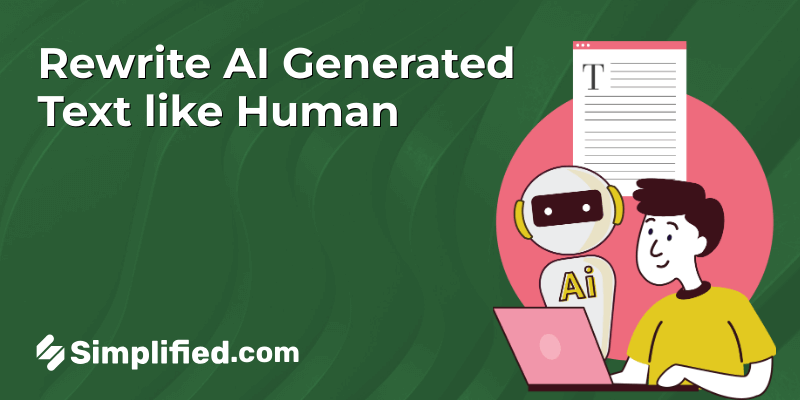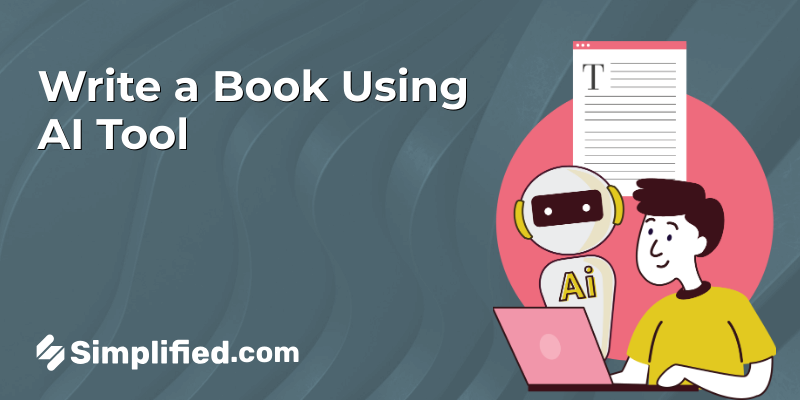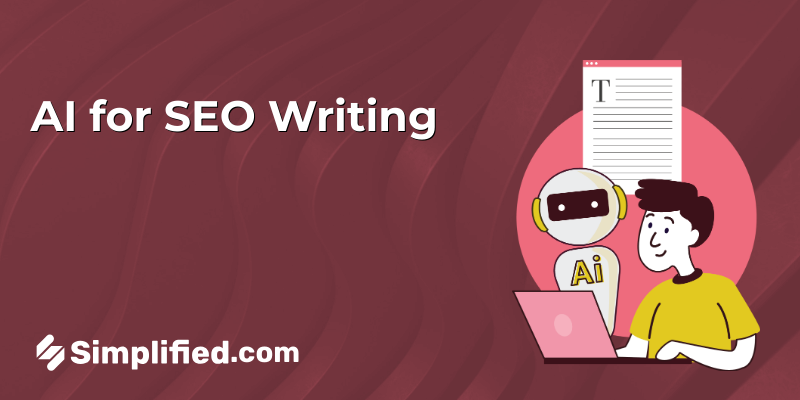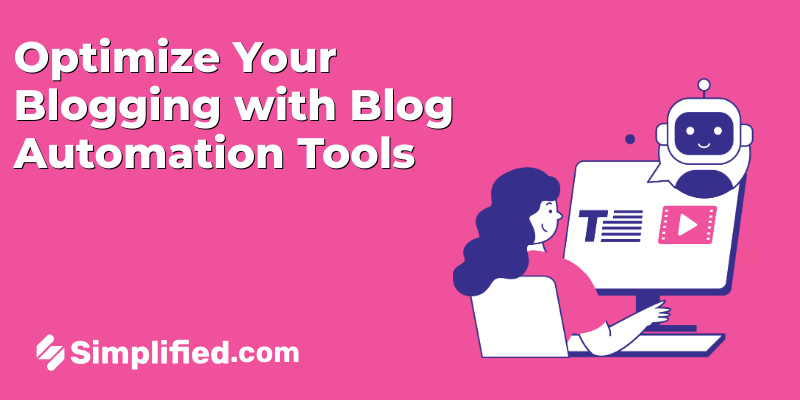
Creating content that grabs attention and resonates with readers isn’t easy—especially when there’s a constant demand for fresh ideas. Writers and marketers alike know the pressure of delivering engaging blog posts regularly, and that’s where AI can step in as a valuable partner. With AI-driven tools designed for every stage of the writing process, from brainstorming ideas to polishing the final draft, writers can turn their focus to crafting thoughtful, well-structured pieces that connect with readers. This guide explores how AI can enhance your blog writing journey, helping you work smarter and make an impact with each post.
Why Use AI to Write Blog Posts?
Using AI to write blog posts isn’t just about saving time; it’s about enhancing the quality and reach of your content. With AI-powered tools, writers of all experience levels can craft content that engages readers, addresses search engine criteria, and delivers value. AI helps automate repetitive tasks, improves grammar and flow, and even suggests fresh ideas based on current trends. This approach ensures that you spend less time on manual work and more on shaping your content strategy. Whether you’re a business owner, a digital marketer, or a content creator, this guide will walk you through the steps and best practices to make the most of AI blog writing.
Step-by-Step Guide to Using AI for Writing Blog Posts
Step 1: Start with an AI-Powered Content Research Tool
One of the first steps in using AI to write blog posts is thorough topic research. AI tools simplify this phase by offering insights into trending topics, keywords, and competitors’ content. With an AI-based research tool, you can identify topics that match your niche, search volume, and target audience. This early research helps you create content that stands a better chance of ranking well on search engines.
- Tip: Look for AI tools that analyze search engine data, highlight popular blog themes, and forecast future trends based on user behavior. This insight can shape your content angle and make it more appealing to readers.
Bonus: How AI Writing Tools Can Enhance Your Blogging Process: A Comprehensive Guide
Step 2: Use AI for Topic and Keyword Suggestions
Keyword research plays a key role in blog performance, and AI can significantly improve this process. With AI-based keyword tools, you can find keywords with high traffic potential and less competition. Use these keywords naturally within your blog, especially primary ones like “social media scheduler,” “social media planner” and “social media management.” This not only enhances your SEO but also ensures that your content reaches the right readers.
- Tip: Look for AI keyword tools that suggest long-tail keywords. These can increase the likelihood of ranking for specific search terms while targeting the intent of users searching for niche information.
Step 3: Outline Your Blog with AI Assistance
After finalizing your topic and keywords, it’s time to create an outline. AI tools designed for content structuring can be helpful, as they can suggest sections and subtopics based on similar, high-ranking content. An organized outline can guide the flow of information, making it easier to address all relevant points in a logical order.
- Tip: Consider adding a “Frequently Asked Questions” (FAQ) section at the end. Many AI tools can suggest common questions based on user queries, which can increase your blog’s relevance and provide helpful answers for your readers.
Bonus: How AI SEO Content Generators Improve Your Content Strategy
Step 4: Draft the Content Using an AI Writing Tool
With your outline ready, start drafting the content. AI writing tools can generate paragraphs, refine sentences, and ensure that your writing remains engaging and concise. When using AI to write blog posts, be sure to keep your voice in the content while letting the AI handle repetitive phrasing or rewording.
AI-driven content generation platforms offer various ways to customize the tone, style, and language level of your content, making it easier to align with your brand’s personality and audience needs.
- Tip: Avoid over-relying on AI for the entire draft. Human input is essential for creativity, nuance, and personal touches that AI may not fully capture.
Step 5: Edit and Polish with AI Grammar and Style Tools
After completing a draft, move to the editing phase. AI-based grammar checkers and style editors can detect errors, improve readability, and ensure the tone aligns with your intent. These tools help polish your draft by correcting spelling, grammar, punctuation, and style inconsistencies.
- Tip: Use an AI tool that includes readability suggestions, ensuring your content is accessible to a broad audience. Tools that highlight wordy phrases or complex sentence structures can make your content more reader-friendly.
Step 6: Optimize for SEO Using AI Tools
For your blog to perform well in search engines, SEO optimization is essential. AI SEO tools can evaluate your content’s keyword density, readability, and backlink opportunities. By implementing suggestions from these tools, you improve the likelihood of ranking higher in search results.
- Tip: Some AI tools analyze top-performing blog posts for similar keywords. This can guide you in structuring your content to align with Google’s standards and user expectations.
Bonus: AI for SEO: A Marketer’s Guide to Improved SEO Writing
Step 7: Generate Visuals and Supporting Media with AI
Today’s readers appreciate visuals alongside text. AI can assist in creating or suggesting relevant images, infographics, or charts that complement your blog content. Visuals make your content more engaging and help readers understand complex information quickly.
- Tip: Use AI image generators to create unique visuals or data visualizations that illustrate your points. These can boost engagement and improve on-page SEO by increasing time spent on your page.
Step 8: Check for Originality and AI Detection
Originality is important for both reader engagement and SEO performance. AI tools can check for potential plagiarism and ensure your content passes AI detection tests, making it more likely to be seen as valuable by search engines. This step ensures your blog is unique, well-researched, and not simply repurposed content.
- Tip: Use AI-based plagiarism detection tools before publishing. This extra step guarantees that your blog is fresh, unique, and compliant with content standards.
Bonus: How AI is Shaping the Future of Blog Content Creation
Step 9: Proofread and Add Final Touches
Before hitting publish, review the final draft for any minor errors, inconsistencies, or additional optimizations. Even with AI, a human touch can refine the language, adjust phrases, and ensure that the blog aligns with your brand’s goals.
- Tip: Read your blog aloud or use an AI tool for speech synthesis to catch awkward phrasing. This also helps you assess the tone and clarity of your content.
How to Use AI to Write Blog Posts Using Simplified
Step 1: Select ‘Blog Writer’ and Add Topic
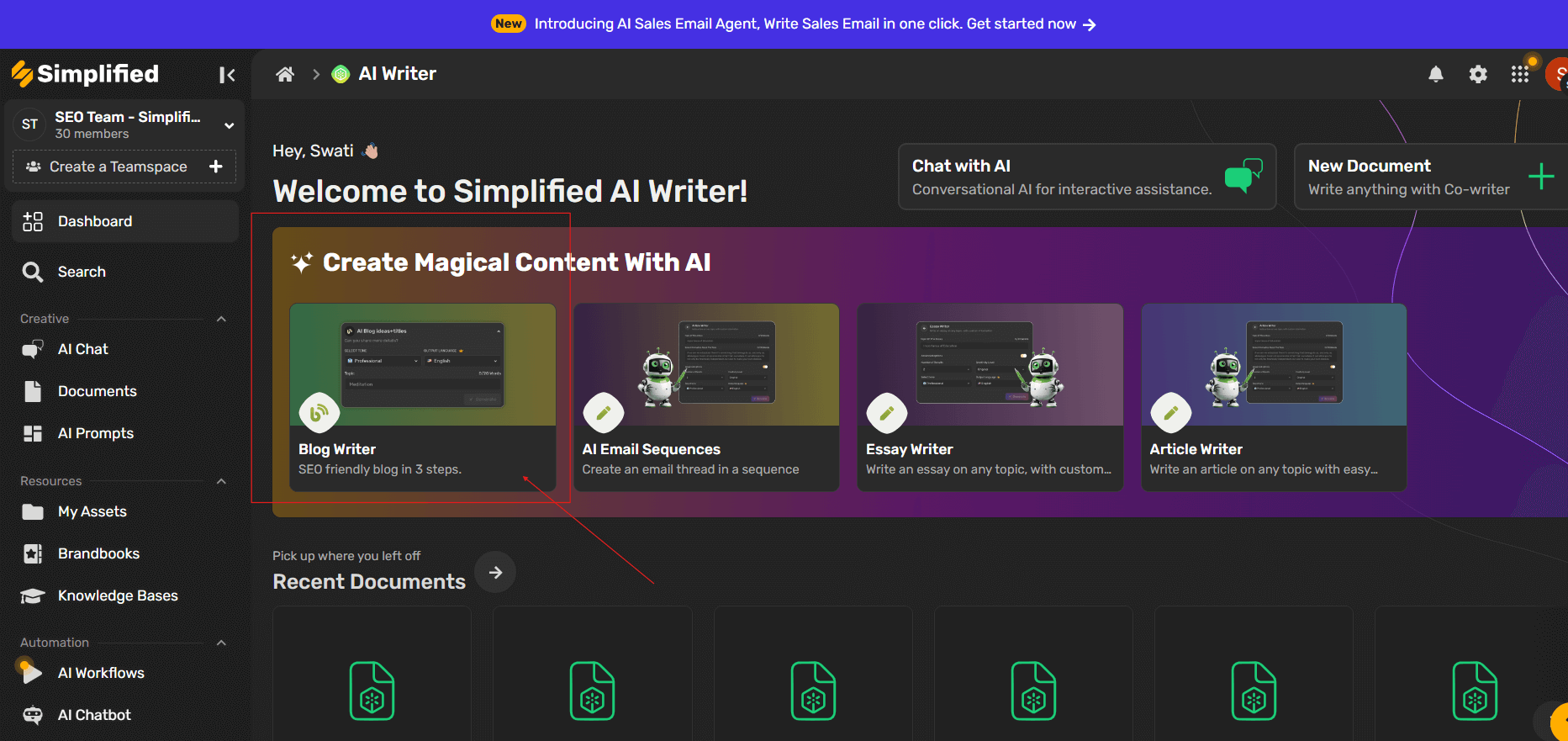
Open the AI Writer App and navigate to the ‘Blog Writer‘ feature. This tool is specifically designed for generating blog content, so it has structured prompts to guide the content creation process.
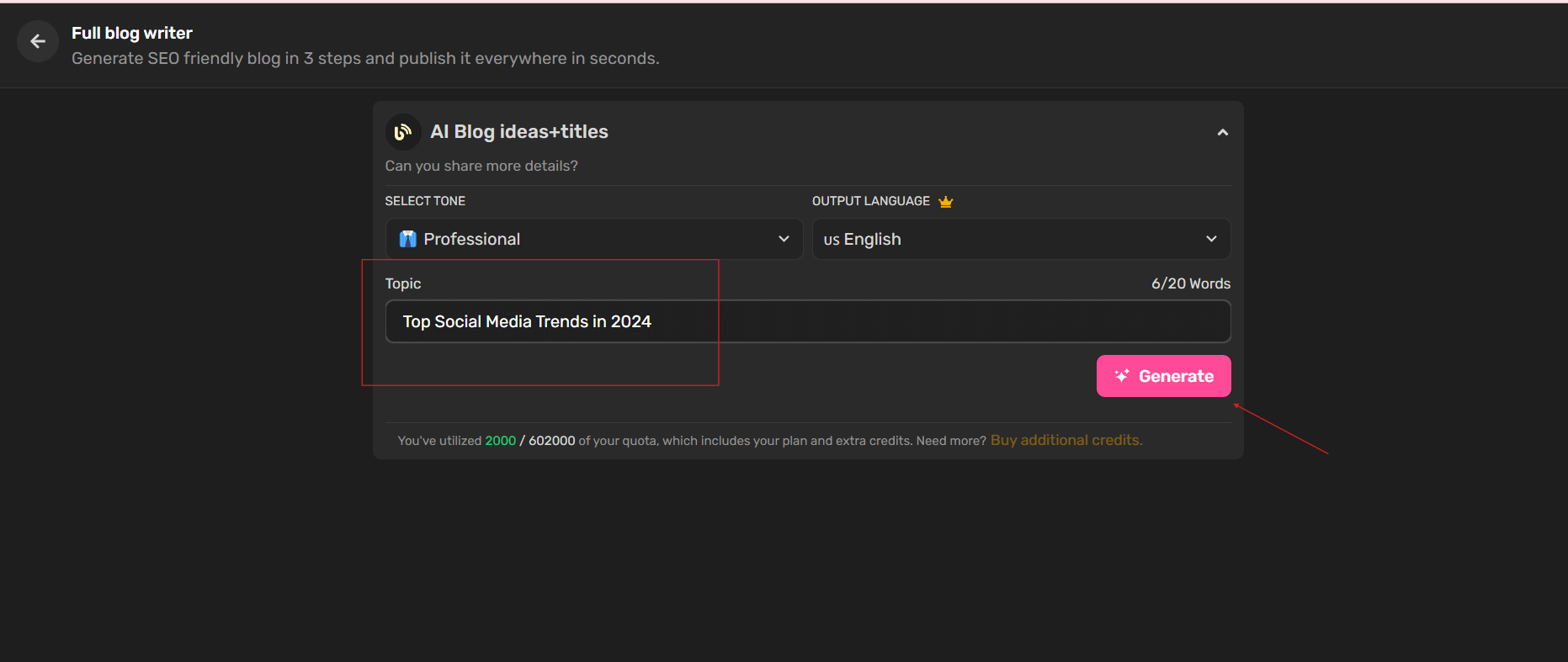
Add your blog topic in the designated field. Make the topic specific enough to guide the AI on the theme or subject you’re aiming for. For instance, if you’re writing about social media trends, a topic like “Top Social Media Trends in 2024” would be ideal.
Click ‘Generate‘ to let the AI begin drafting relevant content ideas based on your topic.
Step 2: Choose Topic, Outlines, and Add Keywords

After the initial generation, review the AI’s topic suggestions to pick the one that most closely aligns with your vision.
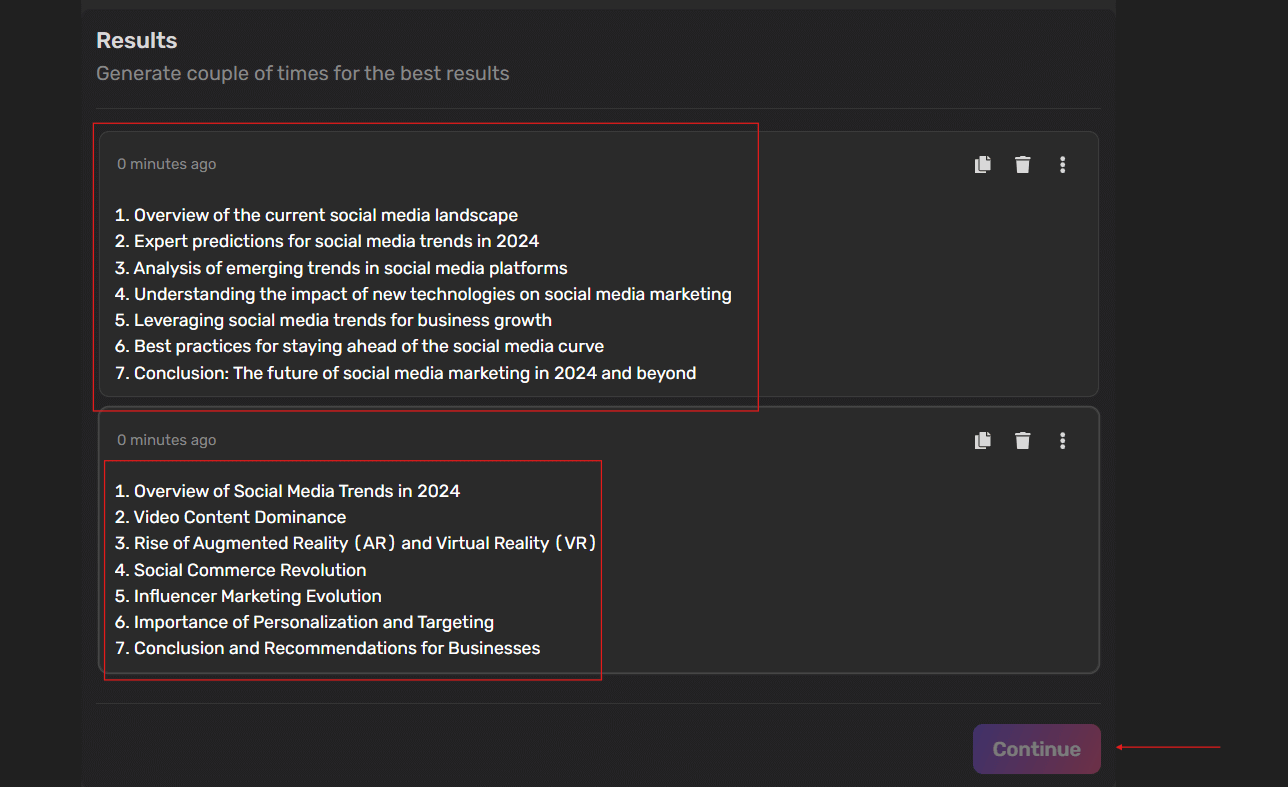
Select the blog outline that best organizes the content you want. Most AI tools offer options, such as a listicle outline, step-by-step guide, or in-depth article format.
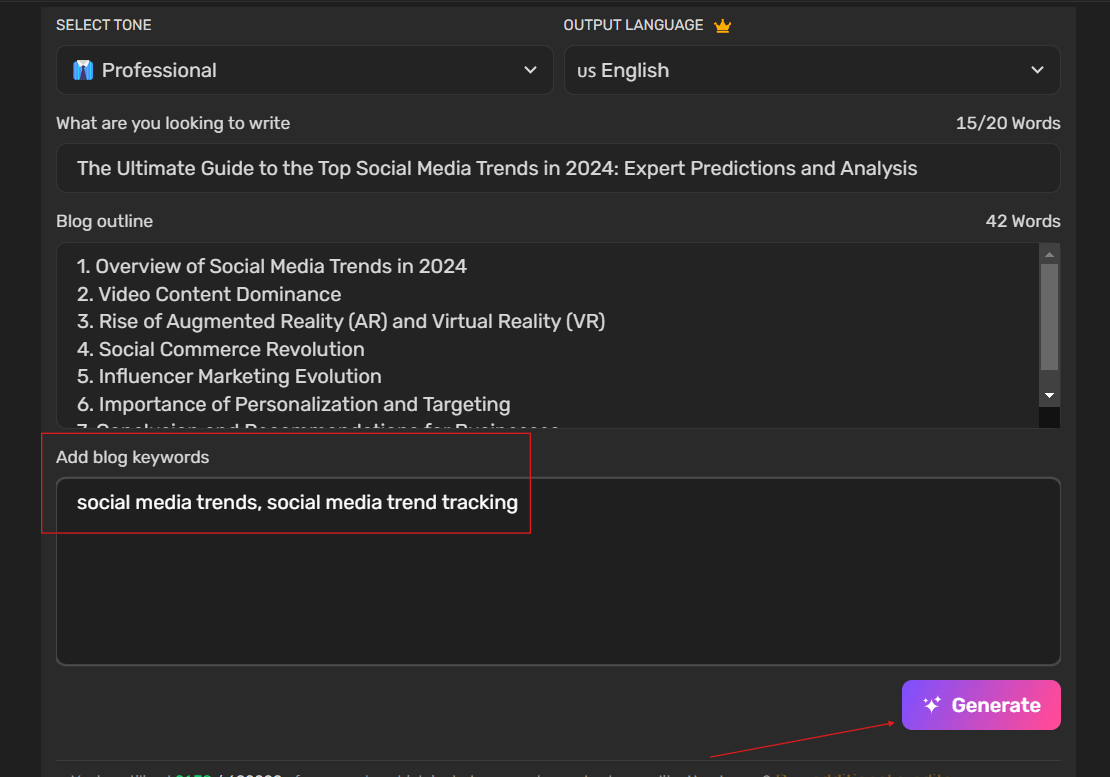
Add relevant keywords that you’d like the AI to incorporate. Keywords help improve SEO by focusing the content on terms your audience is likely searching for, and they guide the AI in maintaining the right tone and structure.
Step 3: Generate the Blog Content
Click ‘Generate‘ once more, and the AI will use your selected topic, outline, and keywords to draft the blog content.
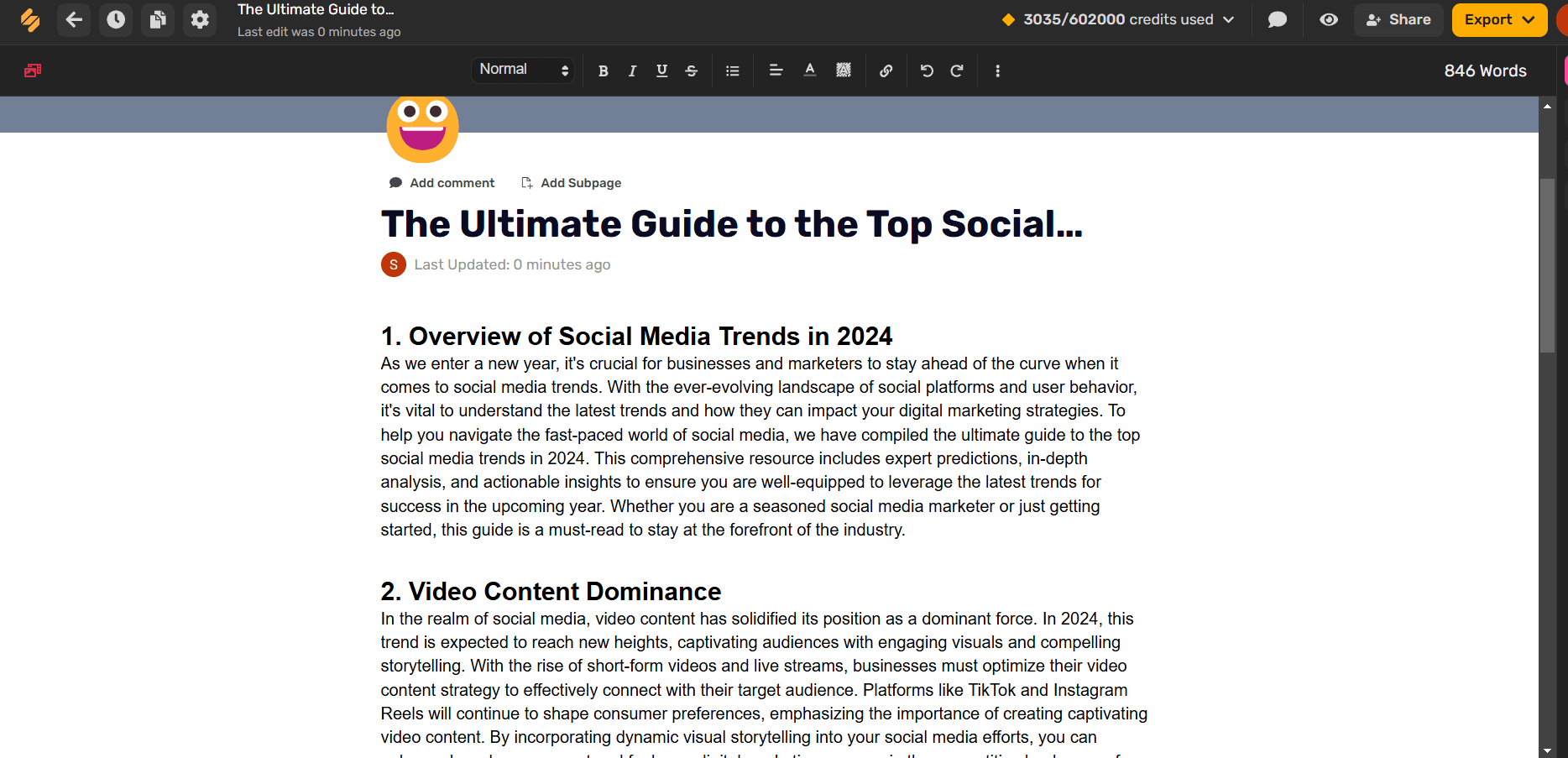
The tool will analyze your inputs and produce a draft, often with an introduction, main points, and a conclusion. Afterward, you can review the AI-generated content, edit it, or regenerate sections if needed to better fit your style or focus.
Tip: Use the keyword-based idea generator to target topics that resonate with your audience while optimizing for SEO.
Step 4: Edit and Polish
Simplified also has built-in editing tools to improve grammar, readability, and clarity. These tools make finalizing your draft efficient, ensuring it’s polished and ready for your readers.
Tip: Take advantage of the readability checks, which ensure your content is accessible and easy to understand.
Step 5: Optimize for SEO
Simplified’s AI Writer includes SEO-focused features that guide keyword usage, meta descriptions, and other on-page elements essential for search ranking. This can help your content attract organic traffic and rank well on Google.
Tip: Use Simplified’s SEO suggestions to improve keyword placement naturally within your content, without overstuffing.
Step 6: Proofread with AI and Human Review
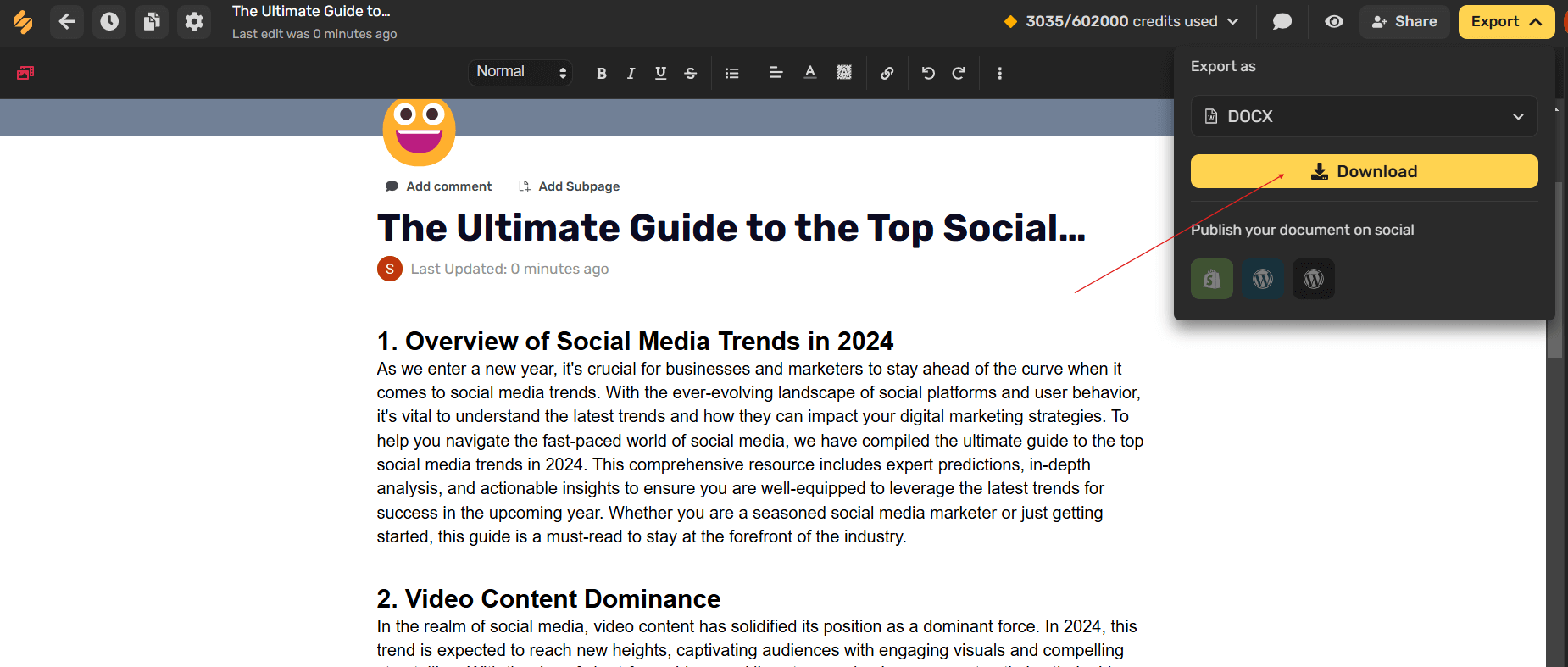
After your draft is optimized, use Simplified’s AI proofreading to catch minor errors. However, always give the final draft a personal review for tone and engagement and you can share or export the final draft.
Tip: Run a plagiarism check to confirm originality and enhance credibility.
By following these steps with Simplified AI Writer, you can create effective, well-optimized blog posts that attract and engage readers while boosting your content strategy.
Tips for Using AI Effectively in Blog Writing
- Know When to Rely on AI and When Not To: While AI can automate certain tasks, remember that it’s not a substitute for original thought. Use AI to assist with research, structure, and editing, but let your unique ideas and voice shine through.
- Experiment with Different AI Tools: Different AI tools excel at different stages of writing. Try various platforms for research, drafting, editing, and SEO optimization to find the combination that best suits your needs.
- Stay Updated with AI Advancements: AI is a rapidly evolving field, with new tools and features being introduced regularly. Keeping up-to-date will help you find innovative ways to enhance your writing process and stay ahead of trends.
- Customize AI Settings to Match Your Tone: Many AI tools allow you to adjust the tone, length, and formality of the content. Experiment with these settings to find a tone that resonates with your audience while meeting your content goals.
Conclusion
As AI continues to advance, it’s reshaping content creation in ways that make writing more accessible, efficient, and even inspiring. Using AI tools for blog writing allows writers and marketers to streamline research, refine their writing, and make smarter content choices based on data. Yet, while AI is an invaluable aid, the human touch—your unique ideas, tone, and perspective—remains the key to building a lasting connection with readers. Embrace AI as a partner, use it to make it easy and enhance your creative process, and you’ll find yourself better equipped to produce blog posts that truly resonate.











